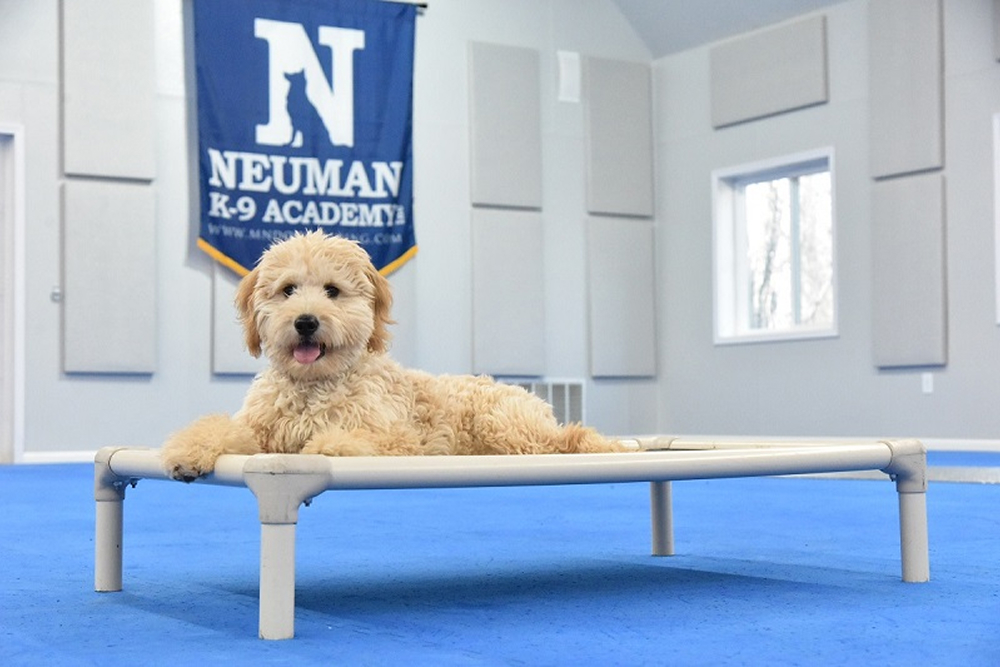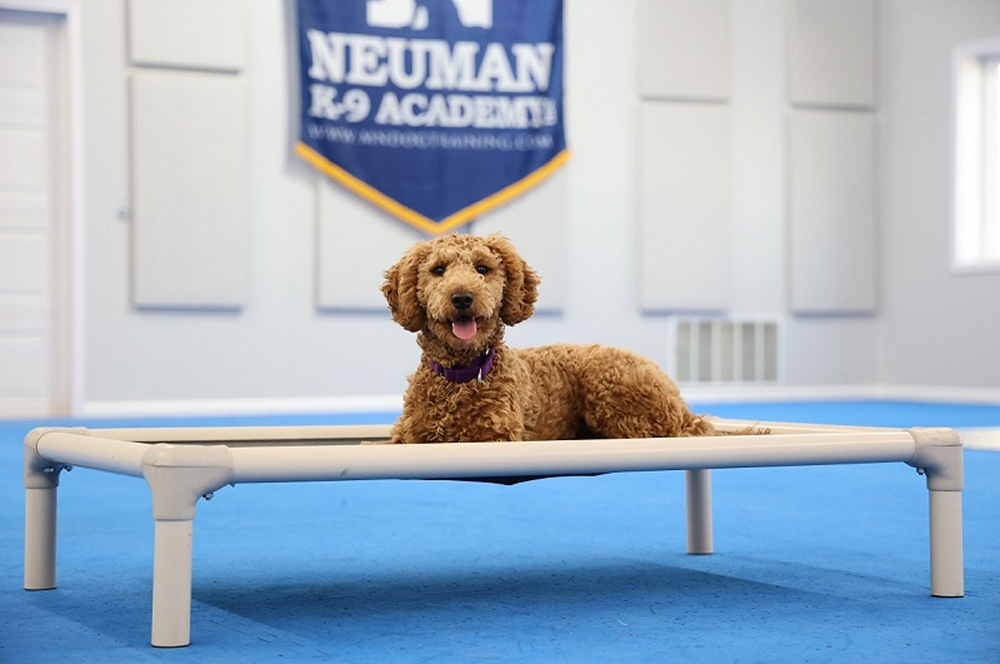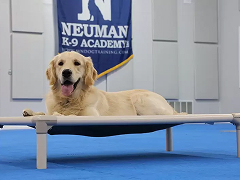History of the Goldendoodle
The Goldendoodle is a relatively new “designer dog” breed with a history that dates back to the 1990s and was predominantly breed in North America and Australia. Breeders wanted to combine the intelligence, low-shedding coat, and hypoallergenic qualities of the Poodle with the friendly, loyal, and gentle temperament of the Golden Retriever. The idea followed the earlier success of the Labradoodle (a Labrador Retriever–Poodle cross), which had been developed in the 1980s in Australia as a guide dog suitable for people with allergies.
The first Goldendoodles were F1 crosses (purebred Golden Retriever × purebred Poodle).
Breeders experimented with different sizes by using Standard, Miniature, and Toy Poodles, resulting in Goldendoodles ranging from large to small. Later, multigenerational breeding (F1B, F2, etc.) aimed to stabilize traits like coat type, size, and temperament.
By the early 2000s, the Goldendoodle had become one of the most sought-after designer breeds. They gained recognition as ideal family dogs, especially in North America, Australia, and Europe.
Despite their fame, Goldendoodles are not officially recognized as a breed by major kennel clubs like the AKC (American Kennel Club). Instead, they’re considered a hybrid or crossbreed.
Goldendoodle Traits

Mini 15–30 lb;
Medium 30–45 lb;
Standard 45–75 lb

Wavy/curly; mats without routine care

~10–15 years
What Goldendoodles Excel At
Common gotchas
FAQs
Are Goldendoodles hypoallergenic?
No breed is truly hypoallergenic. Many shed less and may cause fewer allergy issues than other dogs, but every person reacts differently. It’s best to meet adult Goldendoodles, not just puppies, before committing.
Do Goldendoodles shed?
Goldendoodles often shed less than Golden Retrievers, but most still shed a little. Curlier, well-furnished Goldendoodle coats tend to shed less.
What do “F1 / F1B / Multigen” mean?
- F1: Golden × Poodle (50/50) → widest variety in coat/shedding.
- F1B: F1 × Poodle (≈75% Poodle) → usually curlier, more predictable for low shedding.
- Multigen: Doodles bred to Doodles → can be very consistent if breeder DNA-tests/selection is strong.
How much grooming does a Goldendoodle really need?
Plan for 10–15 minutes of line-brushing several times per week plus pro grooming every 6–8 weeks. Start grooming desensitization early.
How much exercise should a Goldendoodle get?
Typically 60–90 minutes daily split between physical (walks, fetch, swimming) and mental work (training, scent games, puzzle feeders).
Are Goldendoodles good with kids and other pets?
Generally yes—Goldendoodles are gentle and social—but they’re also bouncy. Teach polite greetings and supervise with small children. Early socialization is key.
Health concerns to ask breeders about?
Screening for hips/elbows (OFA/Penn HIP), eyes (CAER), and DNA where relevant (e.g., prcd-PRA, vWD1 from the Poodle side; ichthyosis, PRA1/2, DM from the Golden side). Ask for documented results on both parents.
Are Goldendoodles apartment friendly?
Possible for Minis and Mediums with daily exercise and enrichment. Standard Goldendoodles do best with more room and routine.
Do Goldendoodles bark a lot?
Usually moderate. Under-exercised or under-stimulated Goldendoodles bark more. Train quiet cues and give them “jobs” to stay busy.
How big will my Goldendoodle puppy get?
Parent sizes are your best clue. Rough guide: Mini Goldendoodles 15–30 lb, Medium 30–45 lb, Standard 45–75 lb. Final size settles around 12–18 months.
Are Goldendoodles good for first-time dog owners?
Often yes—if you’re ready for grooming commitments, training classes, and daily activity, a Goldendoodle can be a great fit.
Trainer Notes
Buyer/Adopter Checklist
Videos of Goldendoodles Trained by our Academy
Train Your Goldendoodle at Neuman-K9 Academy!
Want to bring out the best in your Goldendoodle? Enroll today at Neuman K-9 Academy, your go-to dog boarding school. We offer 4-week, 8-week, and 12-week Dog Boot Camp and Puppy Camp programs.
Get Started





